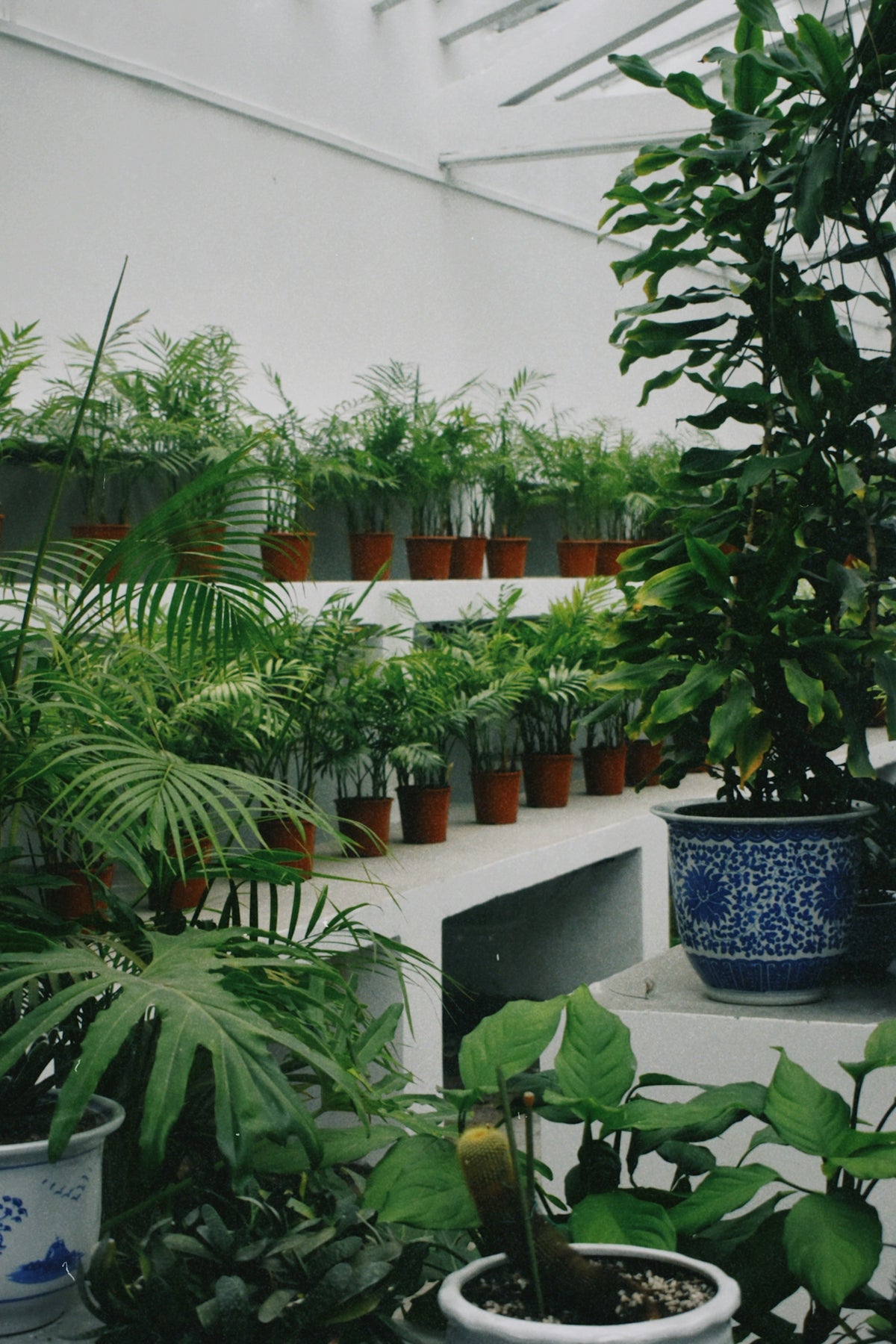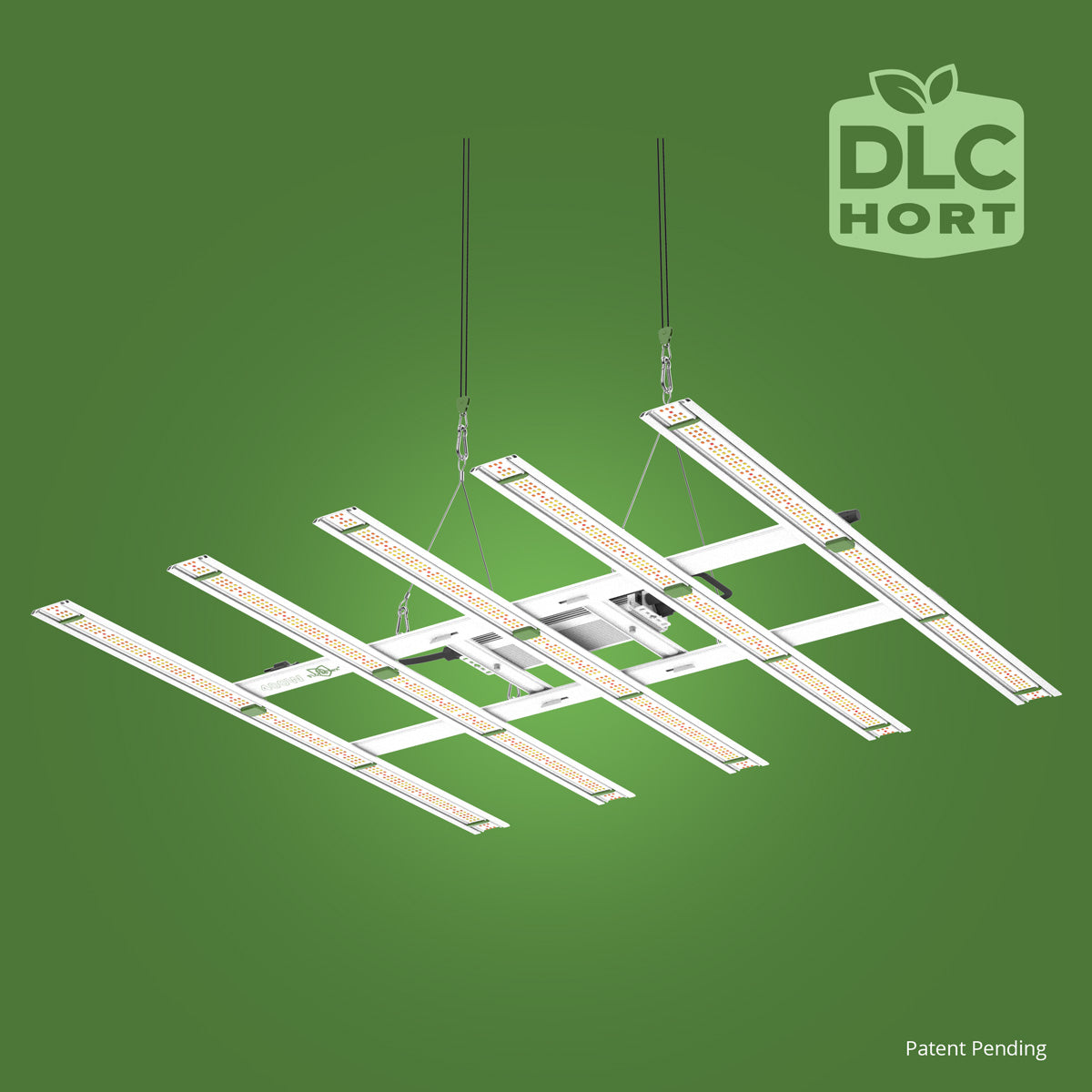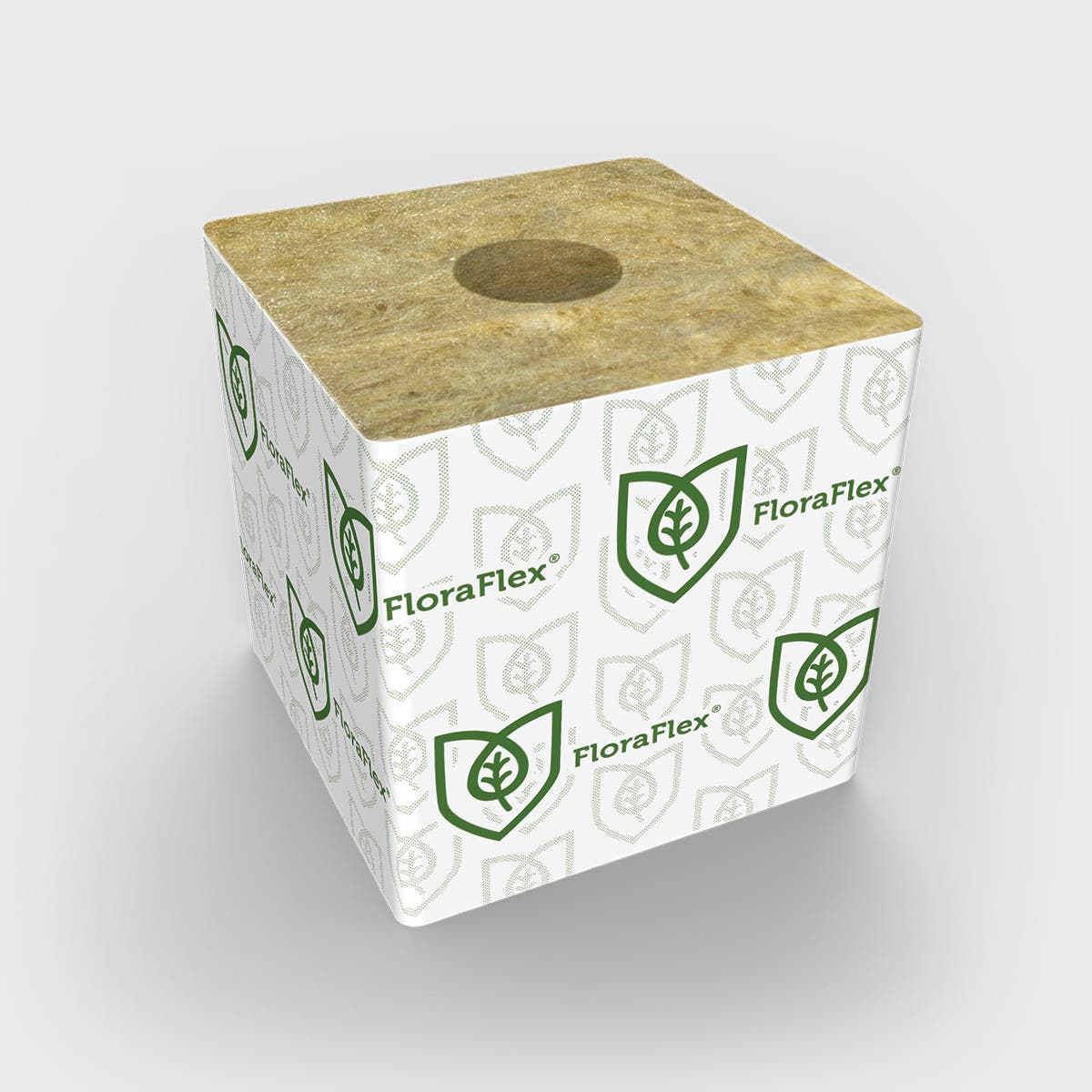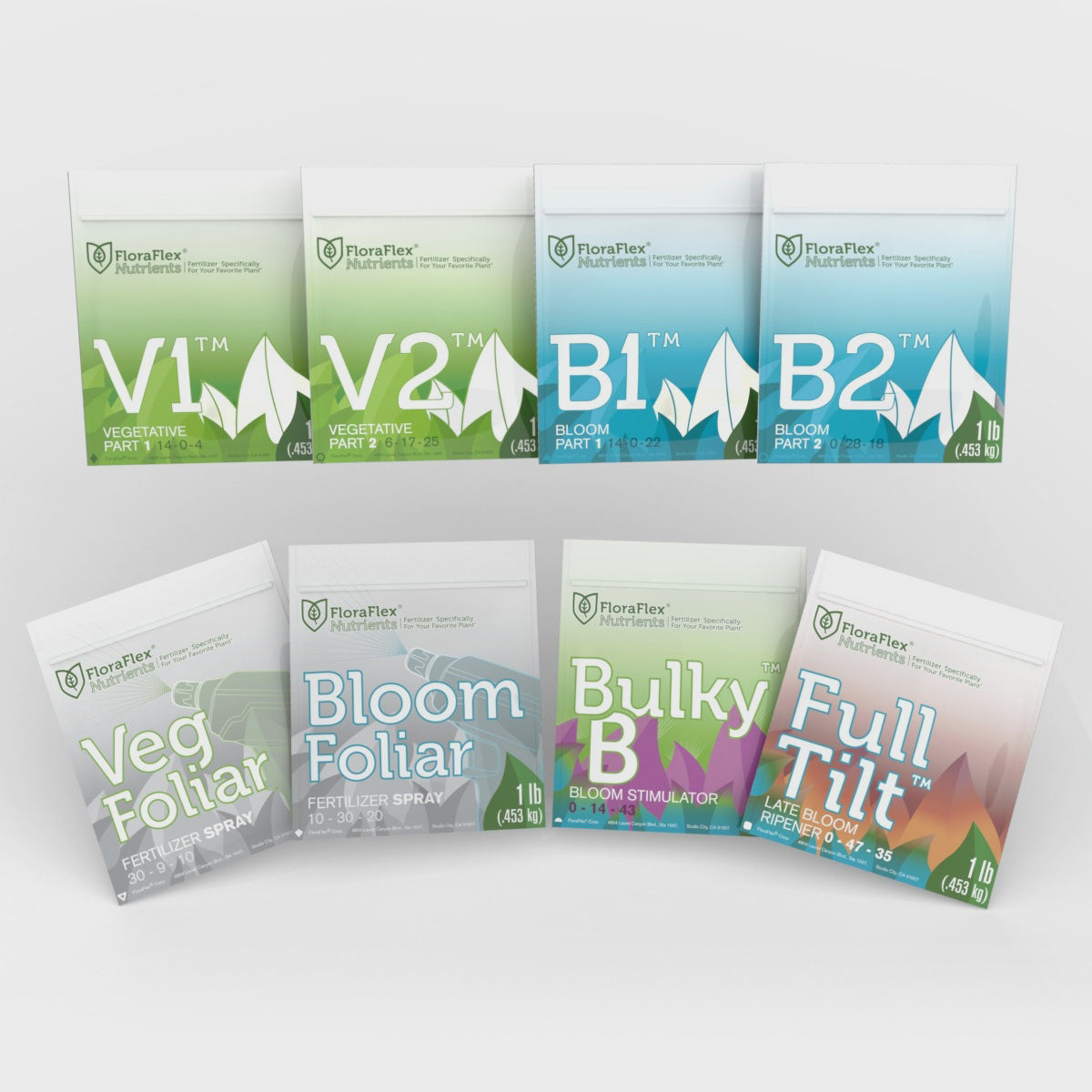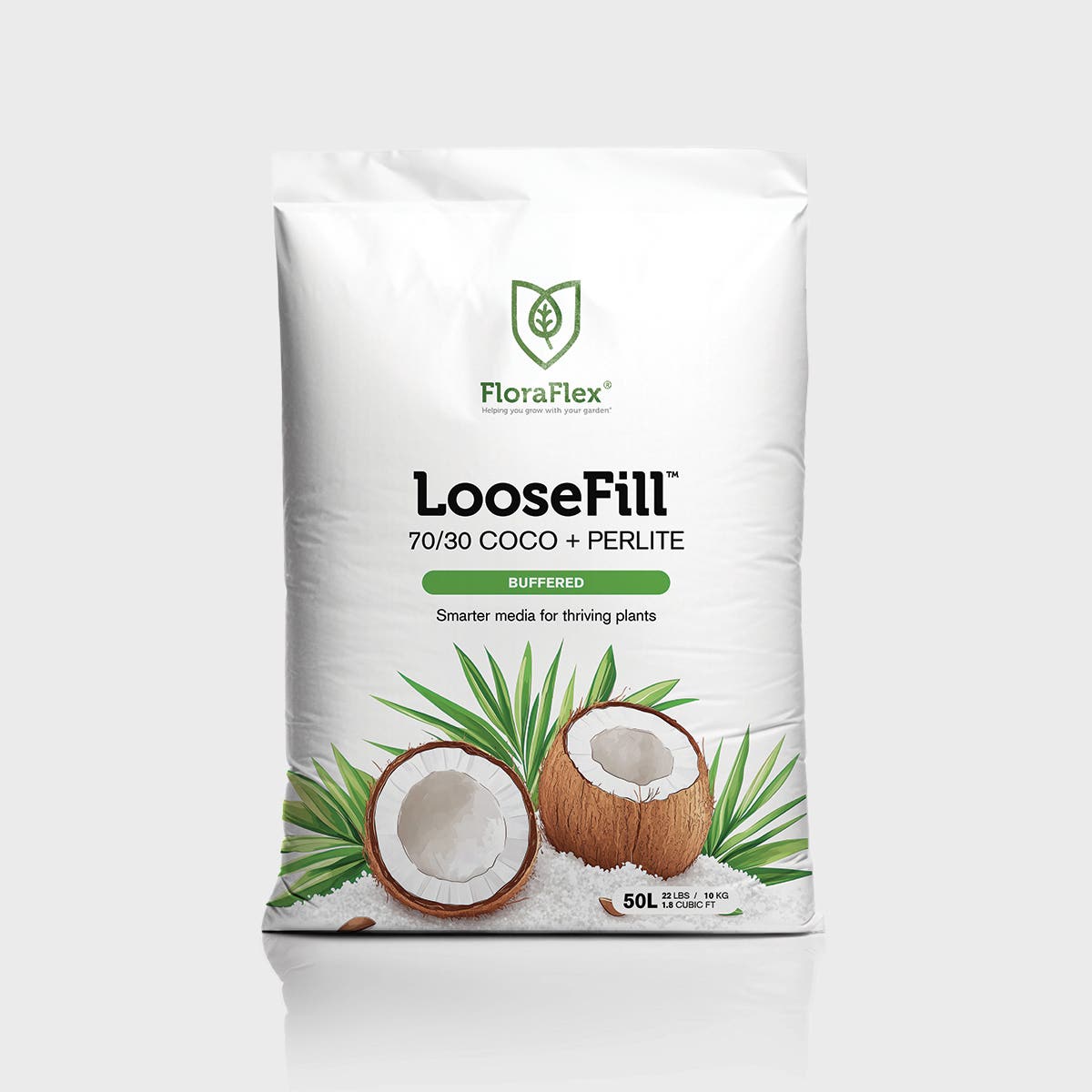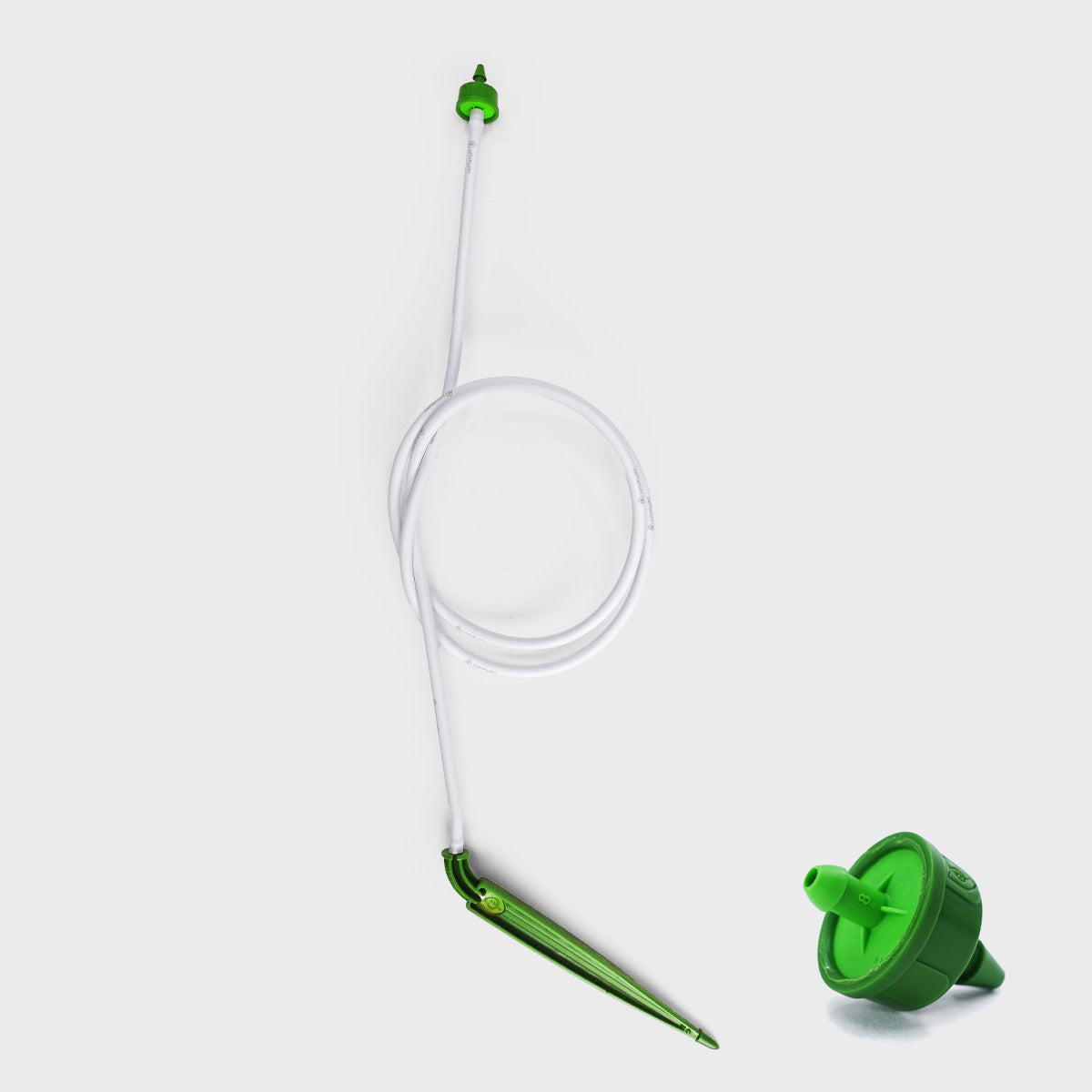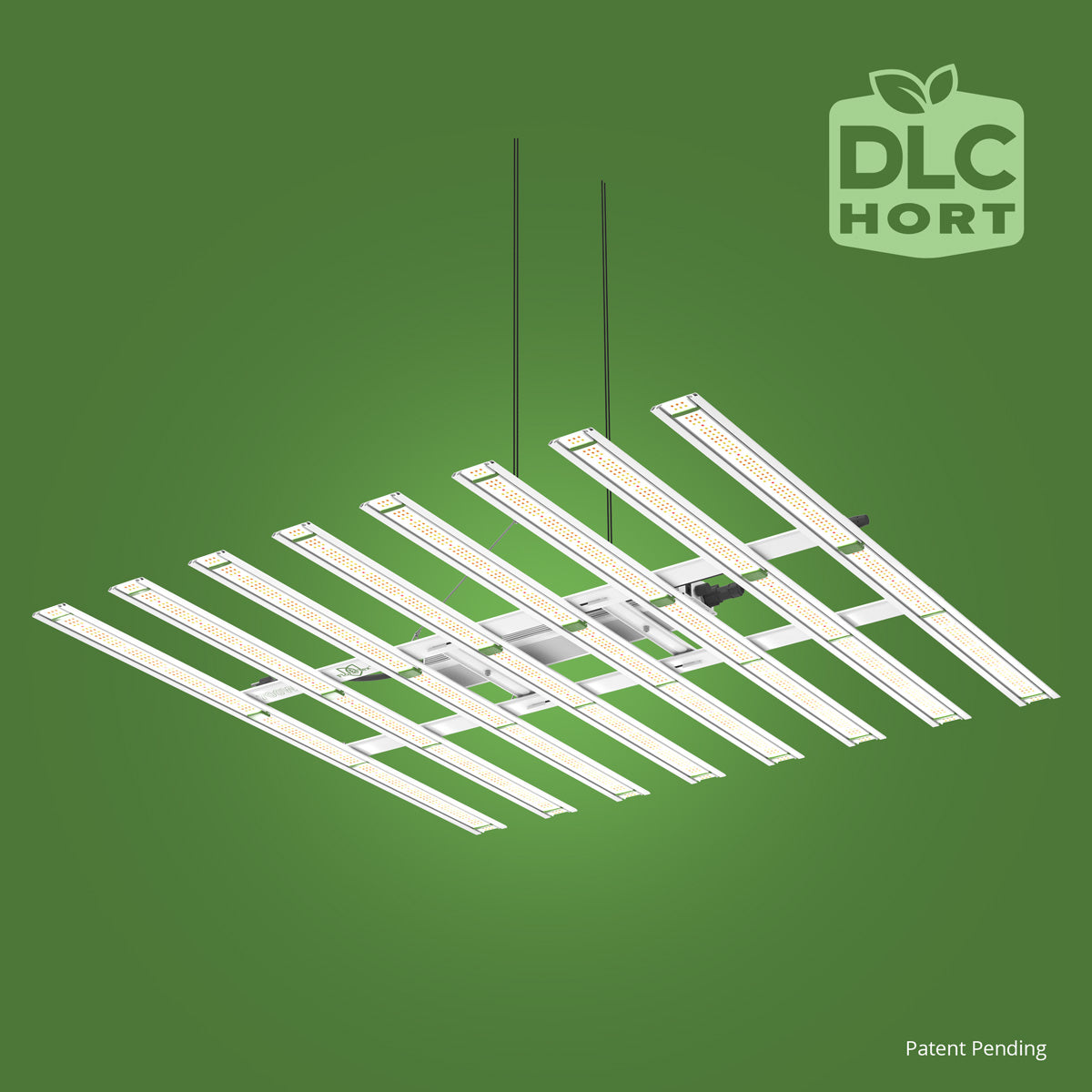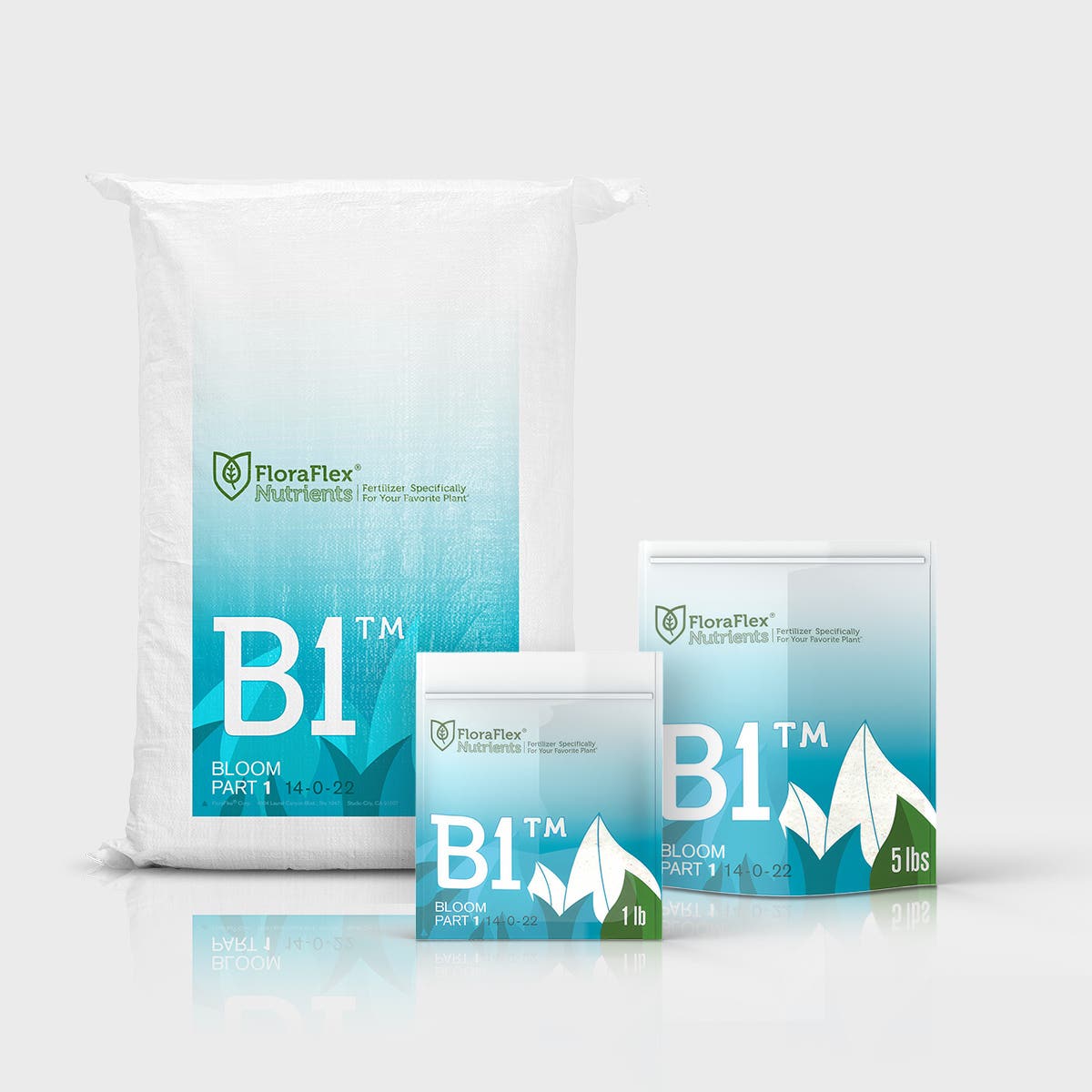Cannabis cultivation has gained significant attention due to its economic and therapeutic potential. However, successful cannabis growth relies heavily on optimizing environmental conditions. Understanding the intricacies of climate management can make the difference between a bountiful harvest and a disappointing yield. This post delves into the essential climate conditions for growing cannabis effectively, with a focus on helping you create the ideal environment for your plants.
The Importance of Understanding Climate in Cannabis Cultivation
Cannabis is a versatile plant that can adapt to different growing conditions. However, it thrives best in environments where temperature, humidity, and light are well-regulated. These factors play a critical role in the plant’s ability to photosynthesize, assimilate nutrients, and ultimately, produce flowers.
Temperature
Cannabis thrives in temperature ranges between 70°F to 85°F (20°C to 30°C) during the day and slightly cooler temperatures at night. Maintaining this thermal range is crucial because:
- Temperatures above 86°F (30°C) can lead to heat stress, potentially causing wilting and reduced growth rates. High temperatures could also exacerbate pest problems, such as spider mites.
- Temperatures below 60°F (15°C) can stunt growth. Prolonged exposure to cold can slow down metabolism, affecting overall plant health.
Fluctuations in temperature can be managed by monitoring indoor grow setups using thermostats and fans. Outdoor cultivators might consider greenhouses or shade nets to maintain suitable conditions.
Humidity
Humidity affects transpiration rates, influencing how cannabis plants absorb nutrients. Seedlings and clones require higher humidity levels, typically around 65-70%. As plants mature, humidity levels should be gradually decreased:
- Vegetative Stage: 40-70%
- Flowering Stage: 40-50%
Excess humidity, particularly during flowering, can lead to mold and mildew, affecting the buds' quality. Conversely, low humidity can cause plants to transpire too quickly, leading to nutrient burn and stunted growth.
Growers can control humidity levels using humidifiers, dehumidifiers, and adequate ventilation systems.
Light
Cannabis plants require 12-18 hours of light daily, depending on the growth stage. During the vegetative stage, plants need more light (18 hours), while transitioning to 12 hours of light during the flowering stage helps stimulate bud development.
Light quality is also vital. Full-spectrum LED lights or high-pressure sodium (HPS) lamps can mimic sunlight effectively, promoting photosynthesis and healthy growth. Outdoor plants benefit from positioning that maximizes sun exposure throughout the day.
Selecting the Right Growing Medium
The choice of growing medium impacts water retention, nutrient availability, and root development. Many cultivators favor using structured media like rockwool for its stability and efficiency in hydroponics.
6" FloraFlex Wool (Basalt Derived)
A product worth considering for optimal growth conditions is the 6" FloraFlex Wool (Basalt Derived). These cubes offer superior air-to-water ratios, promoting robust root development. They are engineered from basalt rock, ensuring durability and ease of use in various cultivation settings. These characteristics make them a favorite among both hobbies and commercial growers.
Wind and Air Circulation
Proper air circulation prevents stagnant air pockets, which can encourage mold growth. It also strengthens plant stems by simulating natural wind conditions. Indoor growers can implement oscillating fans to mimic this effect.
Nutrient Availability and pH Management
Balanced nutrient delivery controls plant health and resilience. Popular nutrient mixes include nitrogen, phosphorus, and potassium, known as NPK. Monitoring the pH level is essential since it affects nutrient availability. An ideal pH level ranges from 6.0 to 7.0 for soil and 5.5 to 6.5 for hydroponic systems.
Strategies for Controlling Climate Indoors
Indoor growing solutions often provide the most control over environmental conditions. Here are some effective strategies to maintain ideal climate conditions:
- Use Grow Tents: These offer a controlled setting where temperature, humidity, and light can be manipulated with precision.
- Implement Climate Control Systems: Automated systems that adjust temperature and humidity minimize manual interventions.
- Utilize Advanced Lighting: Full-spectrum LED or HPS lights can improve energy efficiency and growth outcomes.
Conclusion
Evaluating and managing climate conditions is crucial in achieving optimal cannabis growth. By paying attention to factors such as temperature, humidity, and light, cultivators can enhance the quality and quantity of their yield. Products like 6" FloraFlex Wool (Basalt Derived) provide excellent support in creating the perfect growing environment.
For more expert insights and top-quality products, you can explore FloraFlex's website. Whether you're new to cannabis cultivation or an experienced grower, understanding and managing climate conditions can help you achieve a productive and healthy garden.

